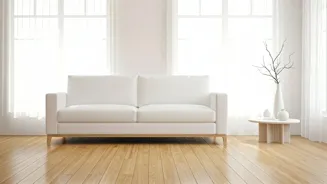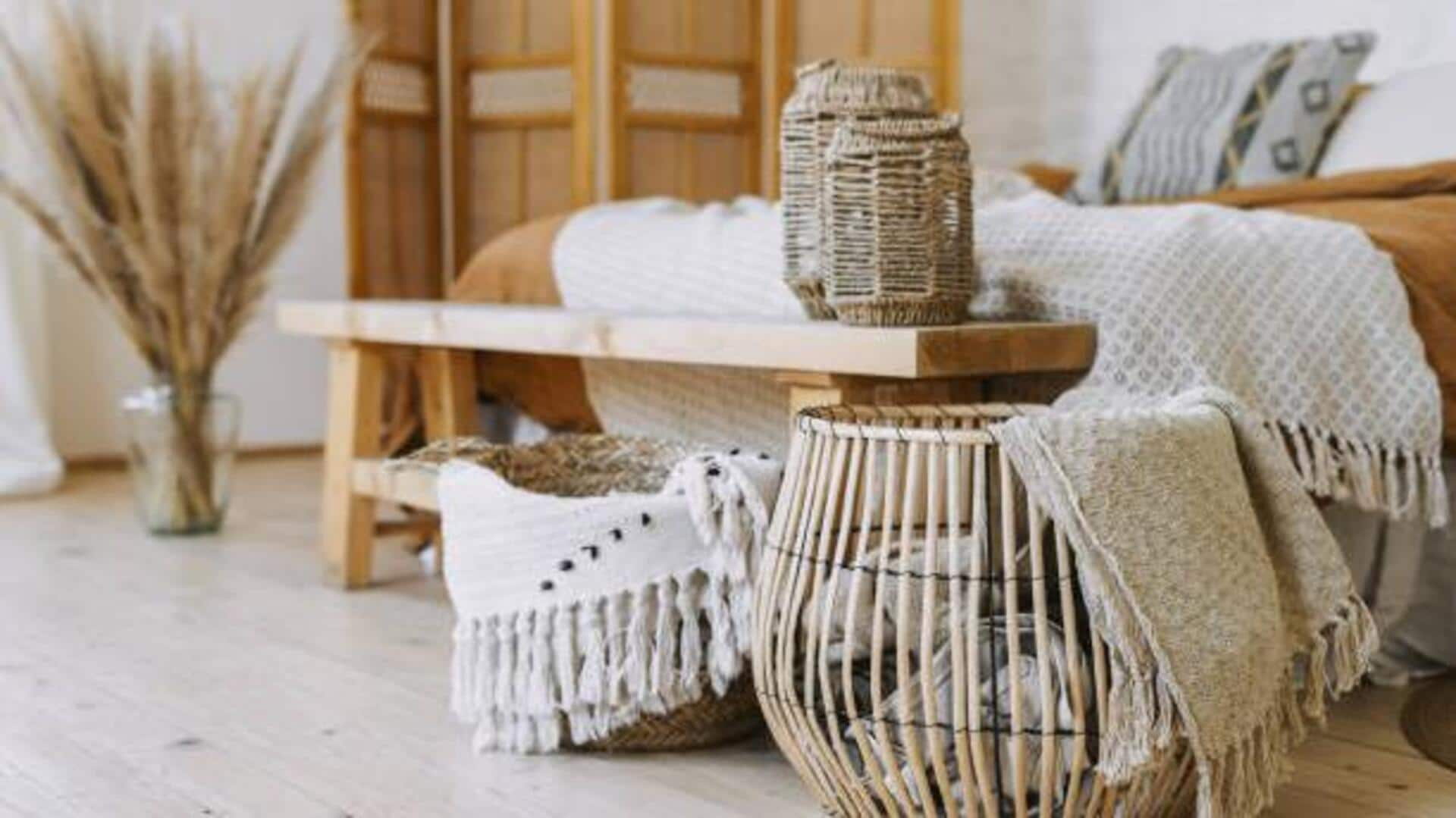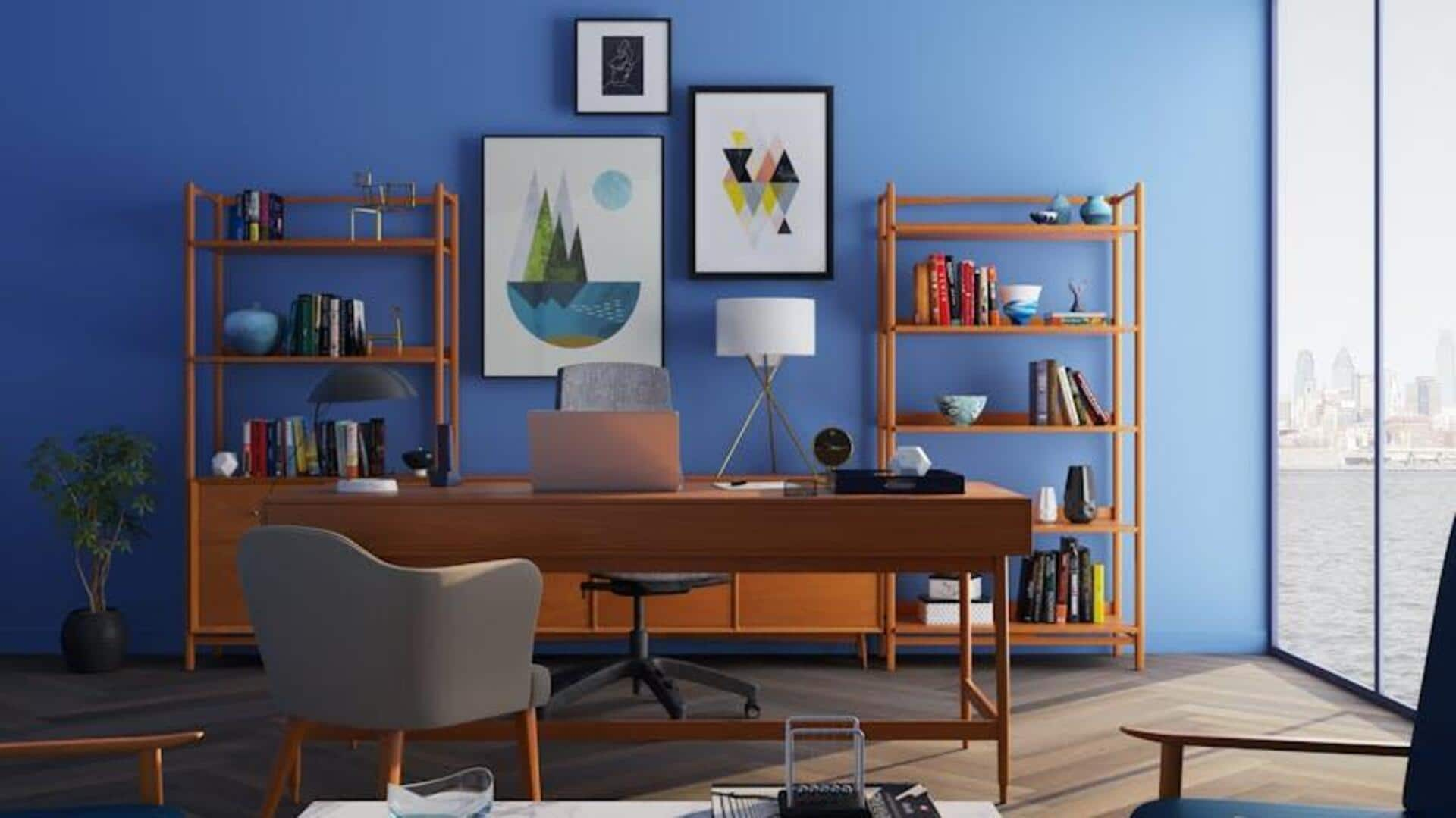Placement Matters
The core tenet of a minimalist home is that everything has a designated spot. This simple idea is fundamental to creating order. Begin by assessing your
belongings, identifying items that you use regularly, and finding permanent homes for them. Consider storage solutions like shelves, drawers, or boxes. This process ensures that items are easily accessible. It also prevents clutter from accumulating. This principle involves not just storing things but also making them accessible. When everything has a place, the space remains tidy. This habit promotes a sense of control and minimizes the time spent searching for lost items, contributing to a more peaceful environment.
Embrace Open Space
The concept of 'Ma,' the Japanese term for the beauty of empty space, plays a crucial role in minimalist living. This principle emphasizes the importance of allowing blank areas in a room. These open spaces give the eyes a chance to rest and the mind to find clarity. Avoid overcrowding areas with excessive furniture or decorations. Resist the urge to fill every corner. Think about how the available space shapes the overall feel of the home. Make sure the furniture does not disrupt the natural flow of the space. This mindful approach to space creates a sense of airiness and calm, making the house feel more spacious and inviting. It encourages a feeling of serenity rather than a cluttered, stressful environment.
Daily Cleaning Routine
Incorporating cleaning into your daily routine is a key strategy for maintaining a minimalist home. Rather than undertaking massive, infrequent cleaning sessions, adopt small, consistent tasks. Simple actions like wiping down surfaces, putting things away, and sweeping the floor can prevent clutter from building up. A quick tidying session each day can also save time and energy. Consider making these tasks part of your morning or evening ritual. The goal is to establish habits that promote tidiness without the need for extensive work. By prioritizing regular cleaning, you'll find it easier to maintain the minimalist aesthetic. This will foster a sense of calm and control in the home environment, making it an enjoyable and stress-free place to live.
Reduce Furniture
To achieve a minimalist home, it's essential to reduce the amount of furniture. Evaluate the purpose of each piece. Identify items you can live without. Consider the layout. Think about the overall flow of each room. Choose pieces that serve multiple functions, such as a sofa that can also be a bed or a table with built-in storage. This reduction in the amount of furnishings will also help create a sense of spaciousness. Consider versatile, less bulky options when selecting new items. This allows for more open space. The objective is to create a functional, yet uncluttered living space. This minimalist approach allows for greater flexibility and flow within each room, thereby enhancing the overall feeling of tranquility.
Seasonal Rotation
Implementing seasonal rotations is a smart way to keep your minimalist home looking fresh. This involves periodically changing the decor and accessories to match the current season. This could involve swapping out items, bringing out winter items during winter and summer items during summer. It could also involve changing the fabrics or colors to suit the season. Rotating items keeps the space feeling dynamic. This can also reduce the feeling of monotony. By making these adjustments, you can embrace the seasons and also create a more engaging living experience. Seasonal rotations support a dynamic and mindful approach to your home, which will help you feel renewed.




